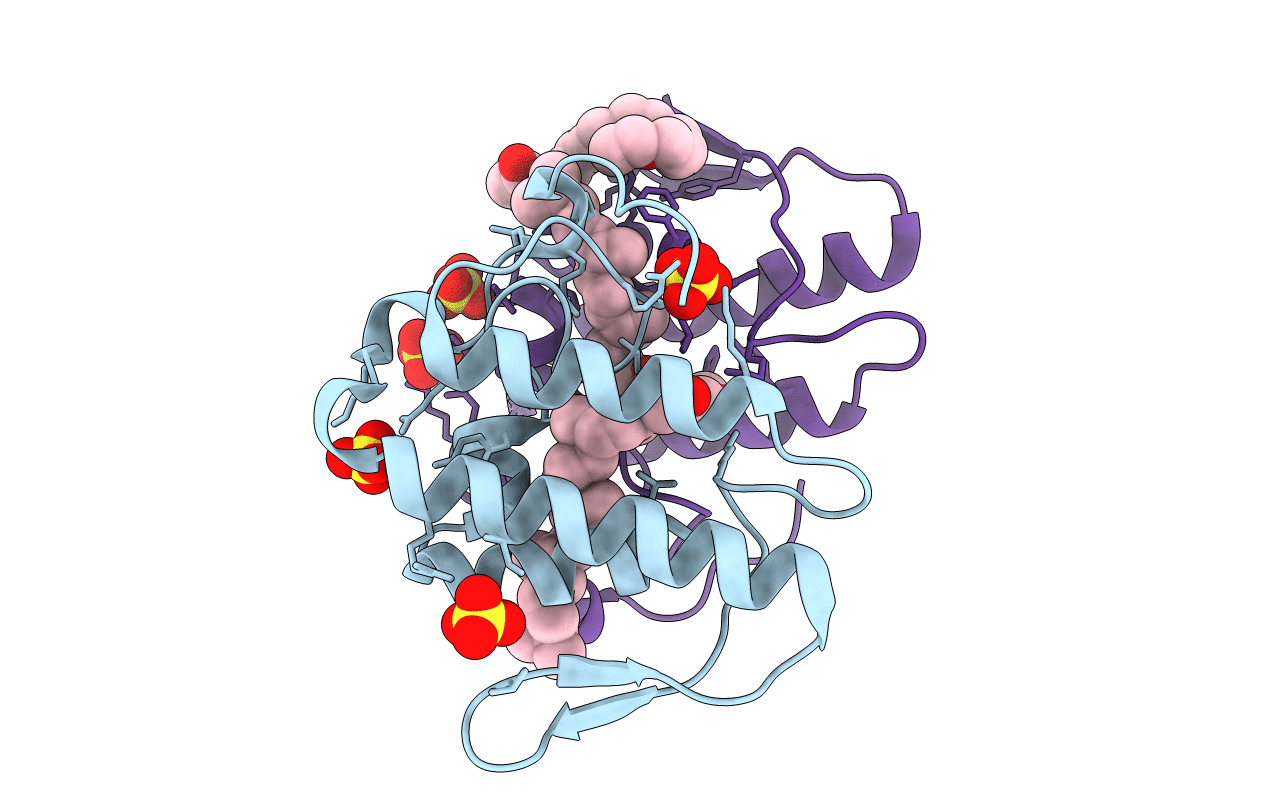
Deposition Date
2008-04-25
Release Date
2009-05-05
Last Version Date
2024-11-13
Entry Detail
PDB ID:
3CYL
Keywords:
Title:
Crystal structure of Piratoxin I (a myotoxic Lys49-PLA2) complexed with alpha-tocopherol
Biological Source:
Source Organism:
Bothrops pirajai (Taxon ID: 113192)
Method Details:
Experimental Method:
Resolution:
1.87 Å
R-Value Free:
0.24
R-Value Work:
0.18
Space Group:
P 1 21 1


